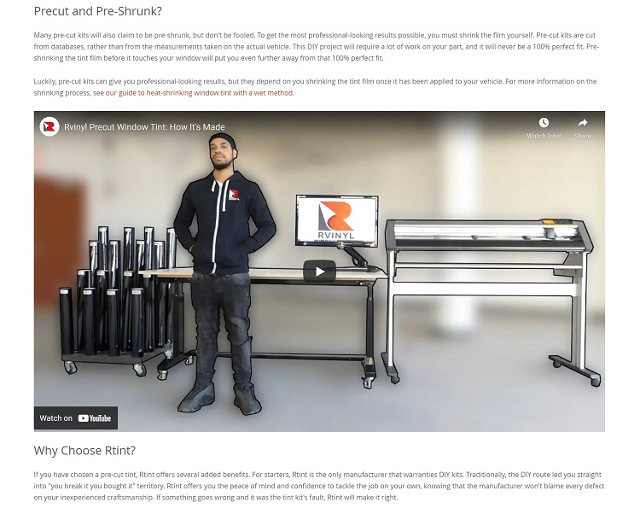You might be wondering how you can increase your blog’s reach. Getting traffic from your regular customers helps you stand out as an authority in your industry, but how can you utilize content to attract new customers?

According to Statista, there are approximately 31.7 million bloggers in the United States. While most of your competition may come from those in the same country, you also compete against any English-speaking blog out there, including ones from Canada, Australia and the UK.
People are busy and time is at a premium. If you want to grab a slice of their attention, you must be proactive. Here are the best ways to boost your blog post’s reach.
1. Know Your Audience
You’ve heard this advice over and over because it rings true. If you want your content shared, read and acted upon, you must make sure it speaks to your target audience. Create buyer personas outlining their preferences.
Dig deep into the psychographics of your typical reader. What drives them? What are the pain points seeking them to read an article like yours?

Gizmodo is familiar with their audience and takes a tongue-in-cheek approach with their headlines. They update people on current news, but do it with humor and an edge.
2. Create Viral Content
What is the magic formula allowing you to create content people want to share? Your first task is writing the best headline possible. Your headline should be short, to the point and contain keywords users search for when looking for a topic.
The post itself must match user intent. What is the reason they come looking for a solution? Are you providing it? Someone searching for “bat” might want to know more about the animal or need equipment for baseball. You must understand which and address it appropriately.
3. Go Evergreen
When you’re working on a topic, it’s tempting to add information about the latest fads and statistics. While you can always update states occasionally, you don’t want to write anything that becomes dated too fast. Ideally, your content is evergreen and will help readers today and in three years.
Be aware of what it means to write evergreen content. Cut anything that won’t stay current for years.

Rvinyl does an excellent job of sharing information about their window tints without dating themselves. They don’t mention a specific car model, for example. They stick with what they know about their product, ease of installation and lending an air of authority in their video content.
4. Start a Newsletter
Many people will land on your site, read a few lines and bounce away. Reasons they don’t hang around can be anything from interruptions to lack of engagement. Entice website visitors to stay in touch by offering an incentive to sign up for your newsletter.
Once you’ve collected their emails, you can let them know when you have a new blog post. Since they’ve already searched for your topic or clicked on a social media link, they are highly qualified users who are likely to read what you offer.
5. Take Guest Posts
Want to stretch a bit and add expertise you don’t currently have? Take guest posts from experts in the industry. Make sure the topic matches what you already cover. You want to expand on knowledge, not create an entire new category.

TEDBlog features posts from people on many different topics. Each person has something unique to bring to the discussion, much like their TEDTalks. You can learn a lot by studying this particular blog. Note how the guest posts are high quality and detailed.
6. Engage Users on Social Platforms
Where do most of your target audience members hang out? Know the majority of people frequently on a particular social media platform and set up a presence there. Share content, engage users and ask for shares.
For example, if you mainly reach baby boomers, you may want to stick to Facebook. If your customers are Gen-Z, look to platforms such as SnapChat and TikTok.
7. Do Keyword Research
At some point, you’ll cover most of the popular topics in your niche. Your next step is figuring out what keywords your audience searches for. Take the time to dig into analytics and keyword trends.
Once you find a few long-tail keyword phrases, type them into Google. Pay particular attention to the “People Also Ask” section, which offers clues into other searches people do and how they word their queries.
You should also study your competitors and what topics they cover. Where do they rank in the search engines? Can you cover the topic better or from a different perspective?

Clever Girl Finance is in the popular personal finance category. However, the blog’s niche focuses on women investors. Look at some of the titles on the site’s home page, such as “55 Best Self Help Books for Women” and “How the 50-30-20 Budget Really Works.” Digging into such specific topics helps the site target keywords and set itself apart from similar blogs.
Reach Out
One of the best ways to expand your reach is by asking friends, family and readers to share your posts. The more mentions you receive on social media and via email, the more people are likely to remember your name and come to your site when they have a question about your topic.
Use any method available to get word-of-mouth buzz going. Invest in ads, ask for shares and host events to bring in local fans. Over time, your blog traffic should grow and your fan base become more invested in what you offer.


